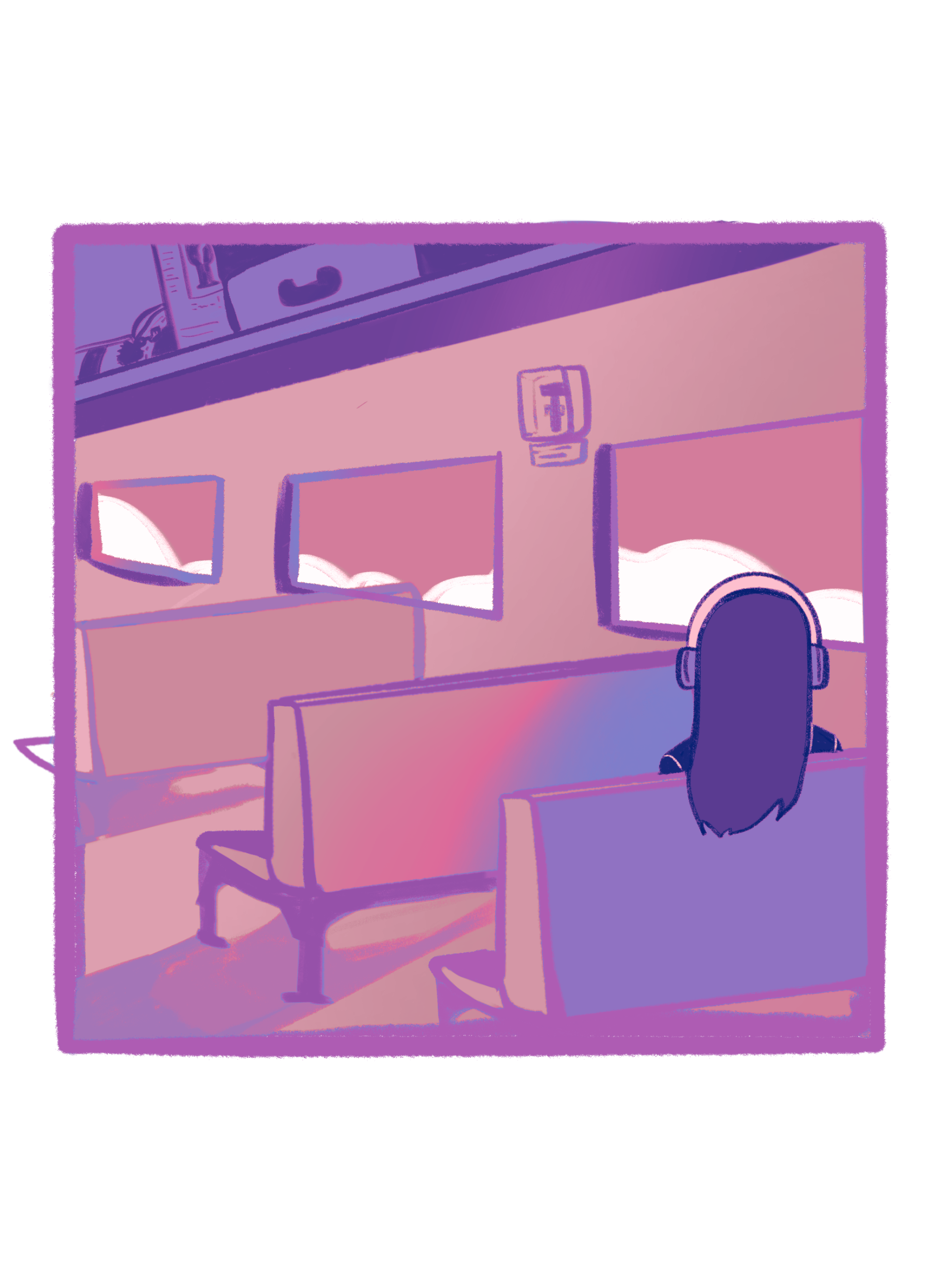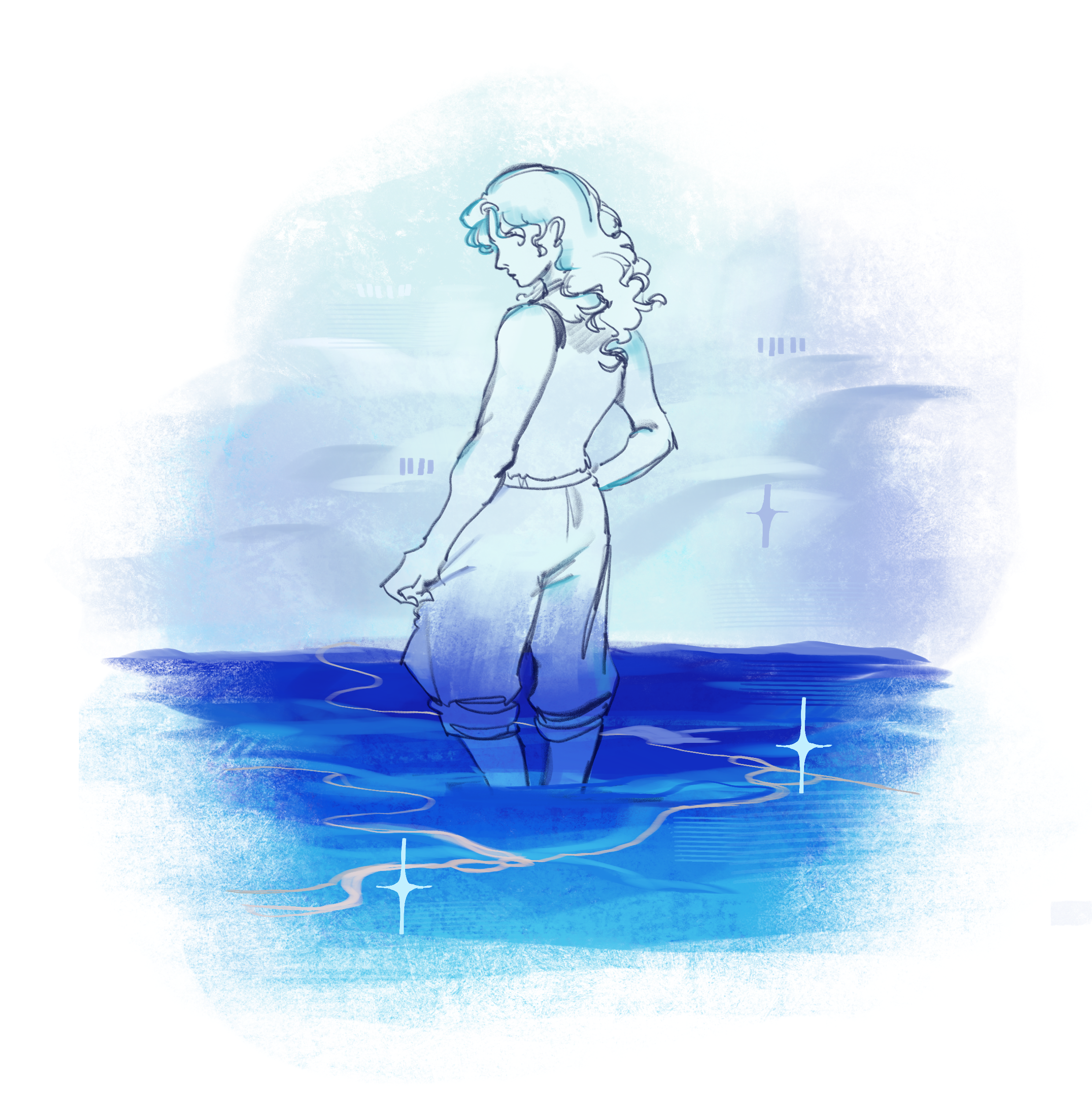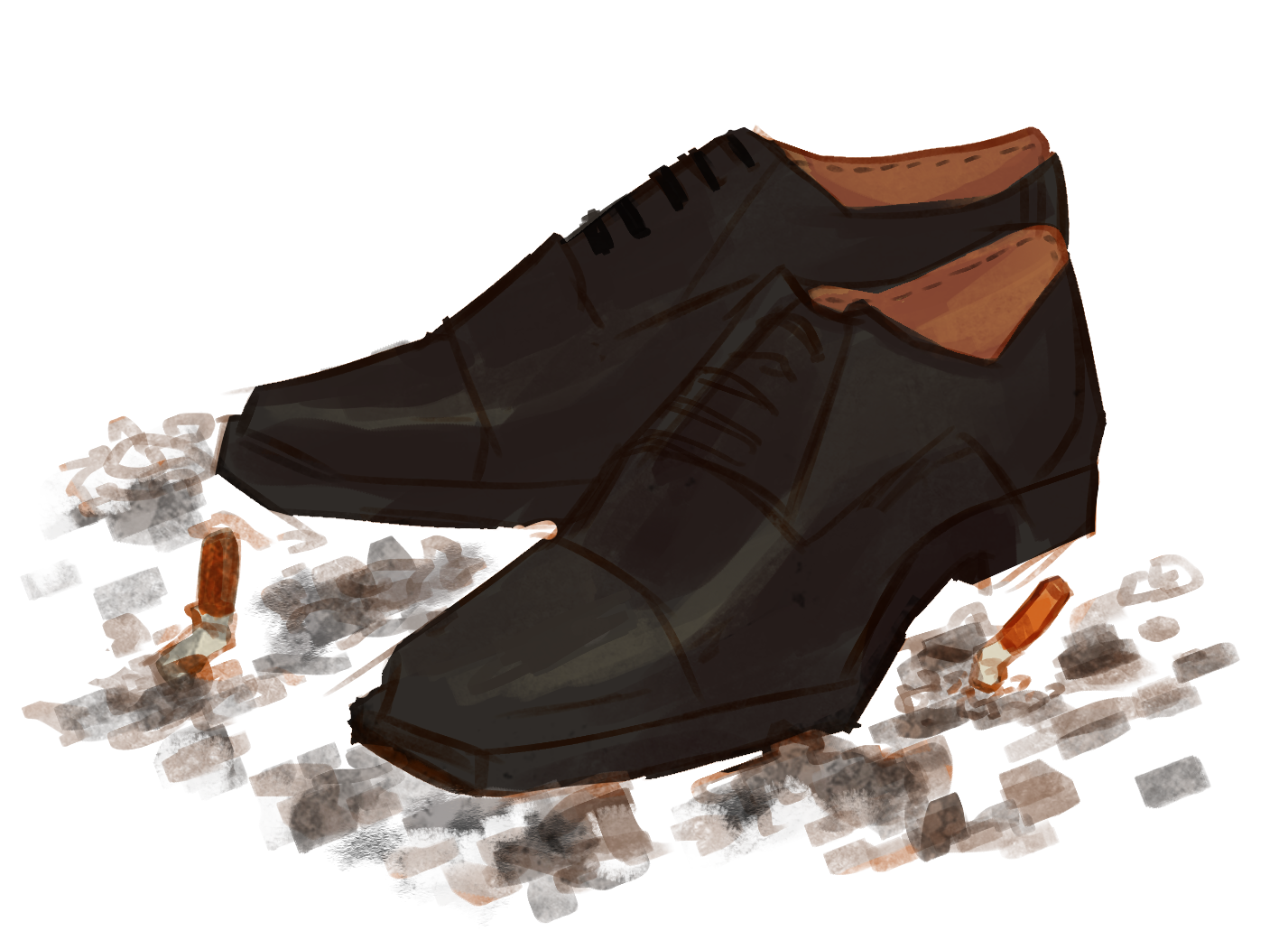Written and Illustrated by Angelika Santaniello
“What is your favourite music genre?”– is an all-time question from music listeners. Undeniably, it is a source of conflict between music genres and our answers vary depending on how we feel, or rather want to feel. Instead, DJ and composer Berlioz rendered our answers simple in his debut album Open This Wall. Described as a contemporary pioneer of “soultronic” or “indie jazz,” Berlioz does not seek to resonate with a particular human experience, but a desire to blend the senses through a fusion of music genres.
It is difficult to define Berlioz’s musical style, as he enmeshes sounds of jazz and house, alongside insertions of a soft R&B beat. The album opens with the vibrancy of “Ascension” but pushes the boundaries of music composition in later tracks (“Hot Slow”, “Ode To Rahsaan”, “Jocelyn’s Dance”). The instrumental focus encourages self-reflection and thought in listeners, welcoming solitude. Berlioz decides to close the album with an antithetical track to “Ascension” – “Outro” – contrasting with the motifs of descension in the previous tracks, such as “Free Fall”, or the dark, sombre ambiguity of “Indigo Dream”. The track is entirely instrumental, allowing listeners to decide what an “ascension” means to them.
Indeed, human experience and choice are central to Open This Wall, most evident in the use of soothing, reassuring human voices. Taking the eponymous track “Open This Wall”, we hear an empowered voice repeating the phrase “if I allow it to happen,” which is daunting, yet calming in quality. Similarly, the speaker in “Peace” possesses a sense of acceptance in the fact that they “don’t feel desperation, the world is pretty much the way it is.” What emerges is a pattern of monosyllabic lyrics that embody the aural experience of reaching a level of peace with oneself. It is “NYTMP” and the emphasis on “[feeling] the music [from] baroque to jazz to modern […] it’s fantastic” that we see what the album embodies: an encouragement to adopt a new perspective of music. There is something rebellious about the antithetical nature of the genres described.
When it comes to Berlioz, it is, according to Spotify, as “if Matisse made house music.” Unique to Open This Wall is the importance of aesthetics. The album artwork is indisputably reminiscent of Matisse’s fauvist artwork; viewers see simplified human figures enveloped by a series of abstract brush marks, echoing the simultaneously simplified and abstract aural experience the album generates. Perhaps the Fauvist artwork is a nuanced representation of the album: Open This Wall is rebellious and aurally colourful in its blend of different components of jazz and house music. Likewise, Fauvism was characterised by an expressionist, bold command of colour to rebel against the academic style.
Open This Wall embodies synaesthesia, shaping listeners’ experience of music through visual and aural elements. Berlioz opens the possibility of championing a blend of dichotomous styles, as opposed to a single genre. What listeners are left with is not a burning desire to go to jazz or house music nights, but instead, the ambiguous, understated sensation that “something will happen”.





